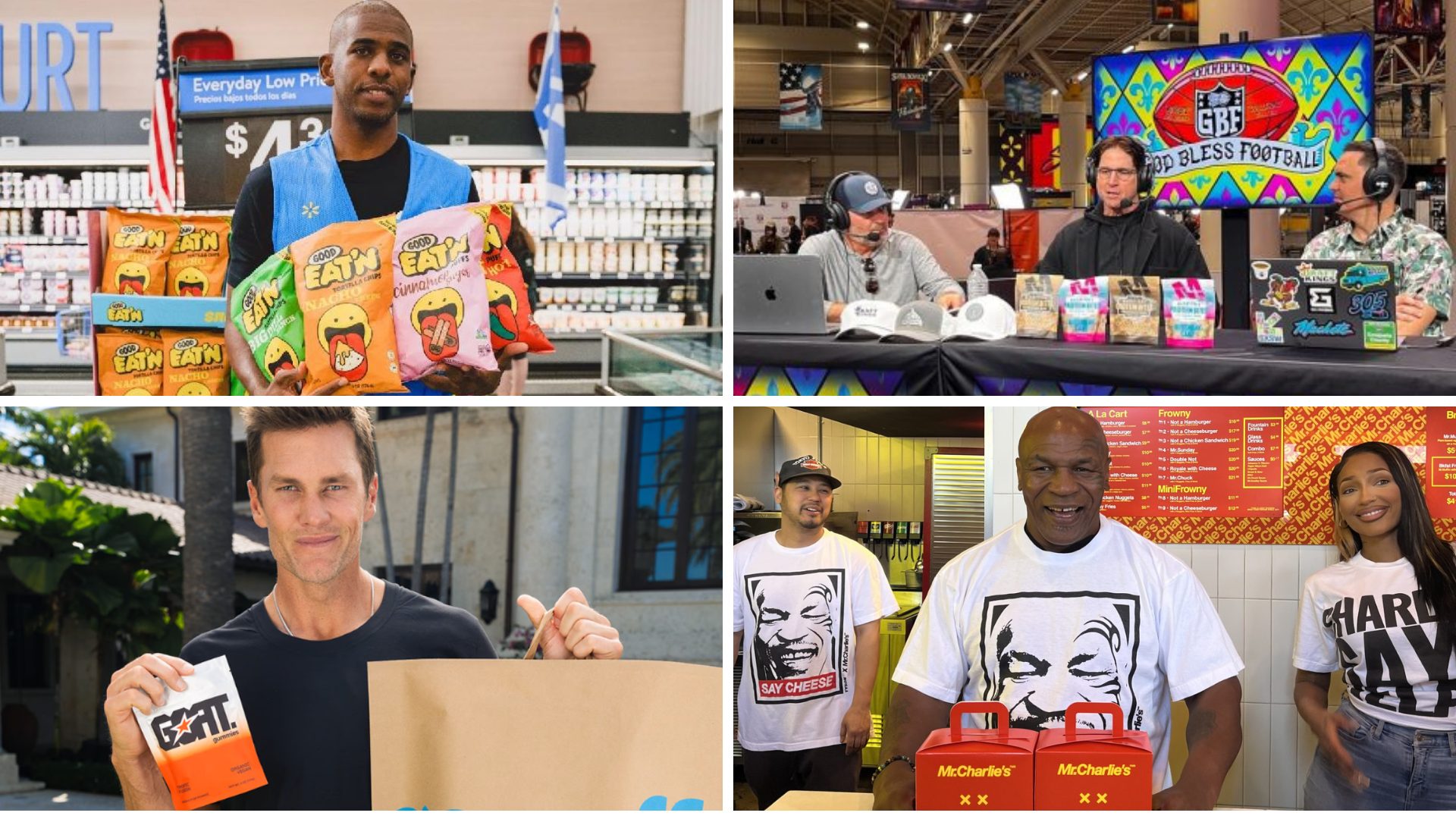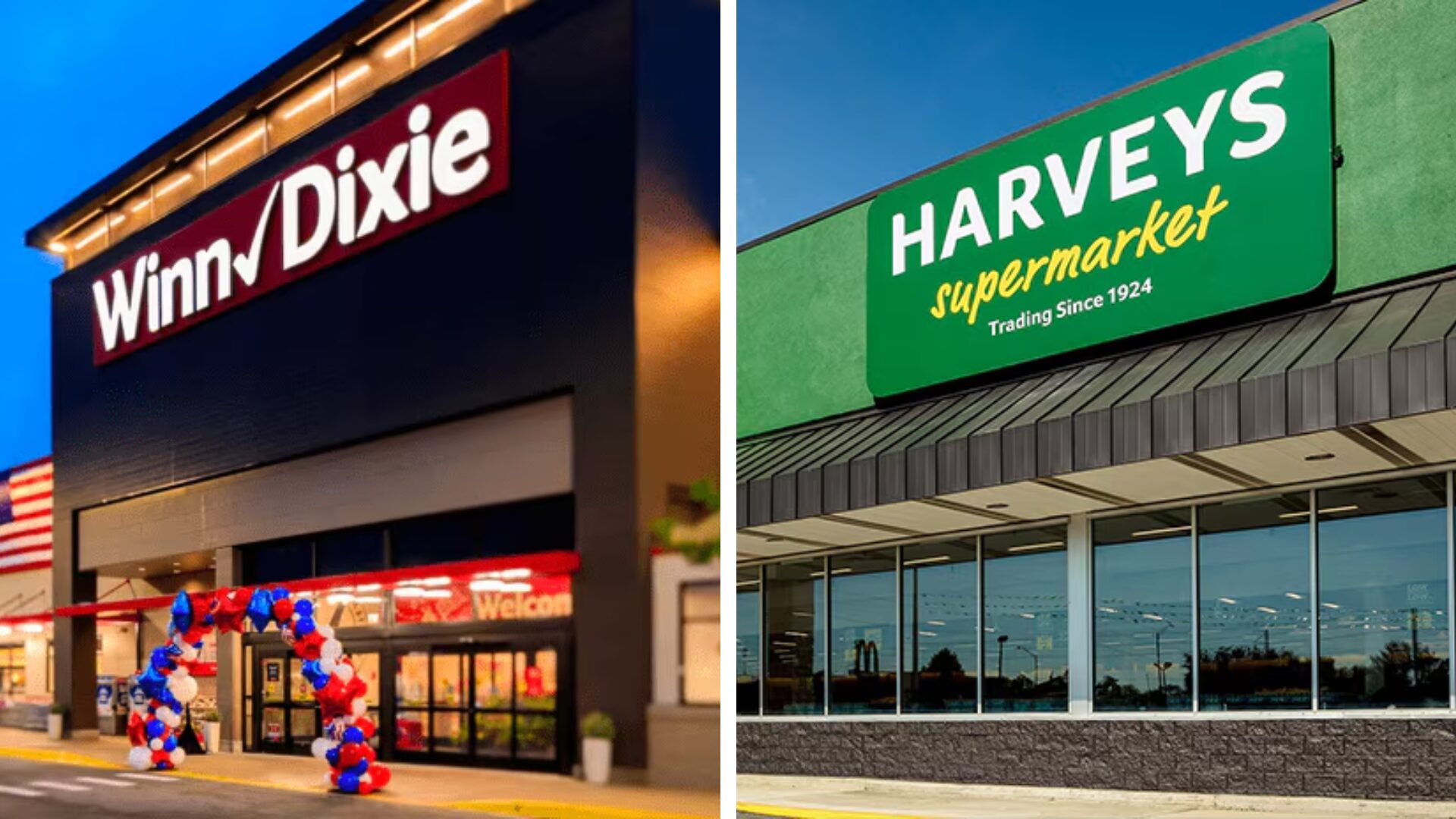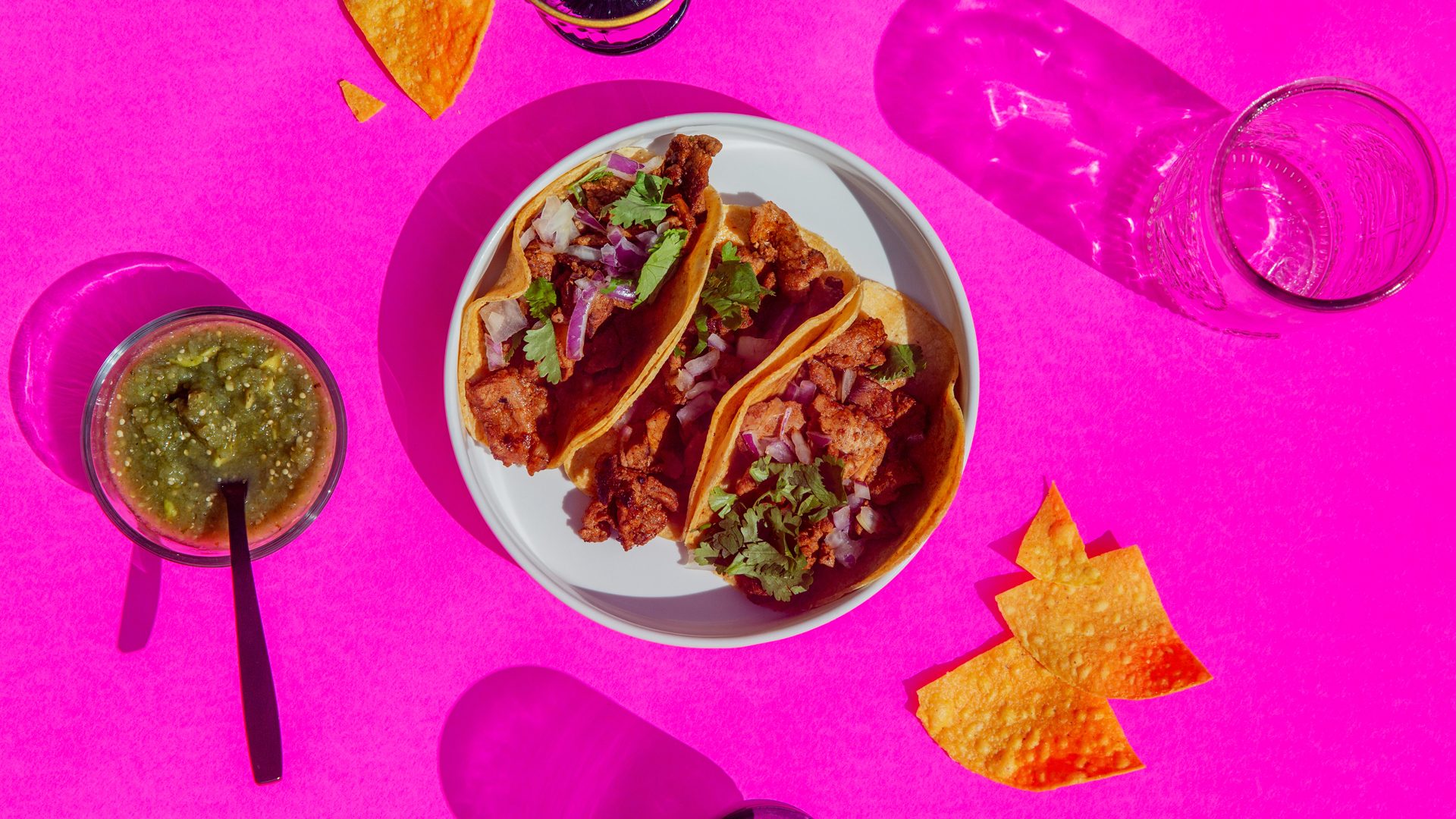Restaurateurs are constantly looking for new concepts to increase their popularity, and ultimately, their bottom line. With the advent of social media, the demand for these unusual locales and the unique experiences they offer is only amplified: Pop-up shops, innovative test kitchens and food trucks are all the rage today in our social media-fueled world. Offering a unique spin on a traditional restaurant can pay dividends in brand popularity, and it would seem Taco Bell is trying its hand in this segment.
The company unveiled plans to open 2,000 new restaurants by 2022, but the most interesting part of this release included the reveal of four new restaurants designed to reflect the communities they will operate in. Taco Bell notes the four designs will debut in Orange County, CA, as existing stores are remodeled with a broader roll-out planned for late 2016. According to the release, the designs will include:
“Heritage: Inspired by its culinary roots in Mexican-inspired food with a twist, this style is a modern interpretation of Taco Bell’s original Mission Revival style characterized by warm white walls with classic materials in the tile and heavy timbers.
Modern Explorer: This rustic modern style is a refined version of the brand’s Cantina Explorer restaurants and can easily fit into a suburban or rural environment. Inspired by the farms that make our food, this style reinforces Taco Bell’s commitment to the best ingredients, authenticity and transparency of materials and dining preparation.
California Sol: Inspired by Taco Bell’s California roots and the California lifestyle, this design blurs the lines between indoor and outdoor. It’s a celebration of dining al fresco and embraces a laidback beachy feel both inside and out.
Urban Edge: This design represents an eclectic mix of international and street style done the Taco Bell way. This style is inspired by timeless design married with cutting-edge elements of the urban environment.”
It’s interesting that Taco Bell is developing store designs for individual markets; yes, some grocers have adopted “urban” prototypes to provide city-dwellers with faster and more convenient ways to get their groceries. But do they come with a complete redesign of the company’s look? This opens an interesting advantage for Taco Bell, one which they will likely exploit on social media for more followers on IG. The possibilities are endless: special items linked to specific store concepts, contests featuring trips to all four different designs and faux “competitions” between the styles are all possible, and would serve as great conversation starters on Twitter and Facebook. This isn’t the first time it has tried a unique concept for its stores, either. Who can forget the shipping container store in Austin, or the Chicago cantina featuring a full bar?
Taco Bell is no stranger to social media. It is generally regarded as one of the best in the business when it comes to posts, tweets and sharing content over the web, and I have to think these new concepts will give it more fuel to fan the flames, if you will. Clearly, the company listens to its customers. Just ask Richard Axton, who started the Beefy Crunch Movement: a social media campaign dedicated to reviving the company’s Beefy Crunch Burrito. Axton was successful in his efforts, and the item was brought back on the menu. I’d imagine the company will take the feedback it receives online into account after launching the pilot stores and before a nation-wide rollout.
Only time will tell how the 2,000 new stores will be divvied up between the new concept, and it will likely be years before every existing location is upgraded to one of the new formats. However, the announcement of the prototypes proves Taco Bell is ready to embrace a new look. When this is combined with its social media dominance, the future prospects for Taco Bell look bright.







